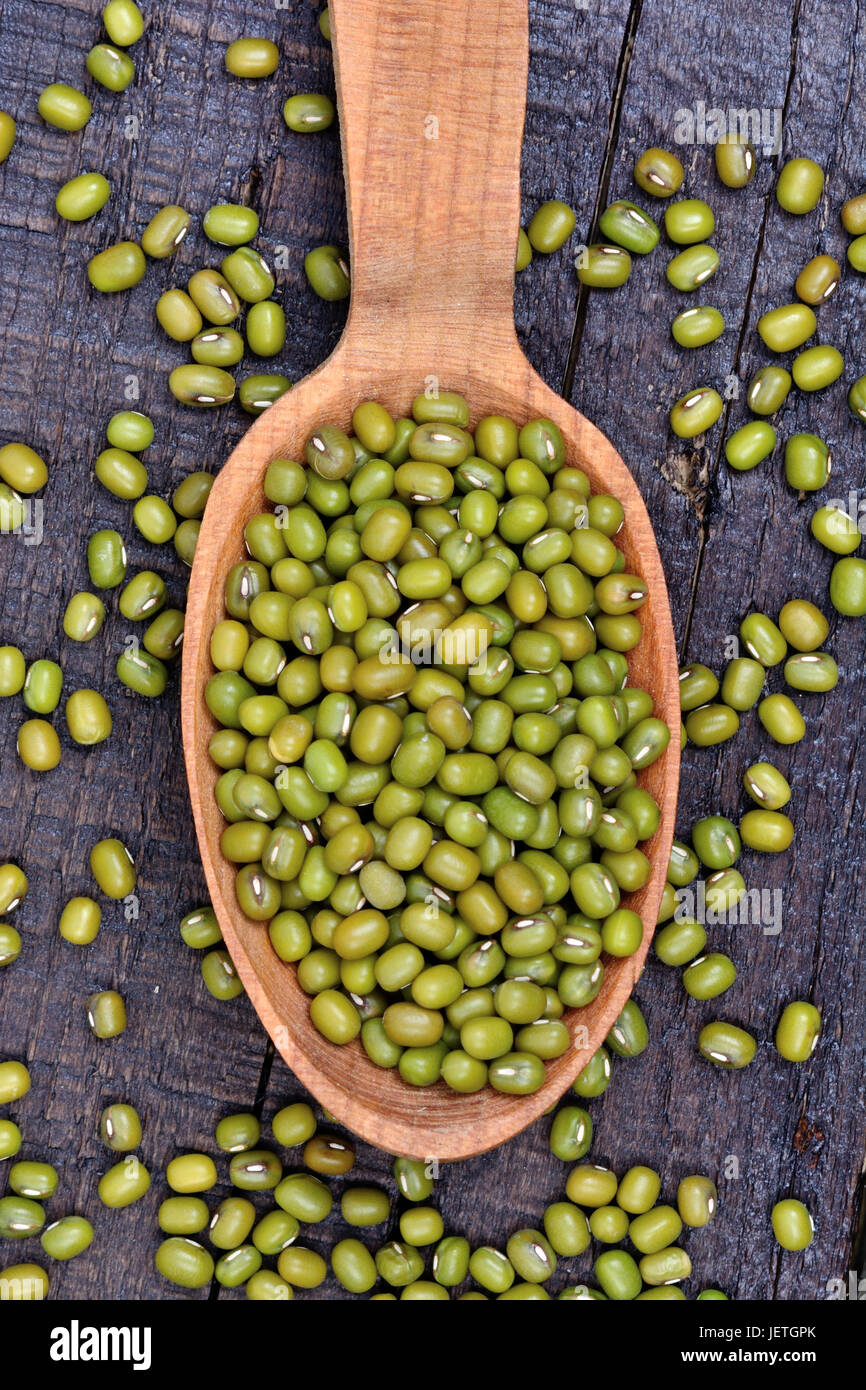Green and Nutritious: The Rationale for Mung Beans

Mung beans have been a staple in many diets around the world for hundreds of years, but their appeal is on the rise as more people seek healthy and sustainable food options. mung bean factory are not only packed with important vitamins and minerals but also offer a plethora of health benefits that make them an outstanding addition to a balanced diet. As we become more aware of the impact our food choices have on both our physical condition and the planet, the case for incorporating mung beans into our meals grows stronger.
One of the most persuasive reasons to utilize mung beans is their remarkable nutrient profile. Rich in nourishing protein, fiber, and antioxidants, these legumes support general well-being while being low in energy content. Furthermore, mung beans are an environmentally friendly choice, requiring less water and resources to grow compared to many other agricultural products. As demand for nutritious food options increases, mung bean factories are developing to meet this request, paving the way for a eco-friendlier future while ensuring that tasty and healthy mung bean products are readily on hand.
Nutritional Benefits of Mung Beans
Mung beans are a treasure trove of nutritional value, providing a abundant source of essential nutrients and elements. They are especially high in protein, making them an ideal plant-based option for vegan eaters and those who avoid animal products seeking to increase their protein intake. In addition to this macronutrient, mung beans are also loaded with important nutrients such as potassium chloride, magnesia, and folate, which are essential for overall health.
One of the standout features of mung beans is their elevated roughage content. This bulk not only assists in digestion but also helps control glucose levels, making mung beans a smart choice for those managing their body weight or dealing with diabetes. The soluble fiber found in mung beans can also support a well-balanced gut flora, contributing to improved overall digestive health.

Mung beans are low in calories and contain antioxidants that can fight inflammation and lower the risk of long-term health issues. Their capacity to pack such a nutrient density in a compact serving makes them an ideal choice for anyone seeking to enhance their diet with healthy, eco-friendly options. Adding mung beans into dishes is a straightforward way to boost nutritional nutrition while enjoying varied flavors.
Influence of Green Gram Cultivation
Mung beans are known for their minimal environmental effect compared to a variety of other crops. They need substantially less water, making them an perfect choice in regions where water scarcity is a concern. Additionally, mung beans are often grown in sequence with other plants, which can help boost soil quality and minimize the use of synthetic fertilizers. By mixing crop rotation, farmers can foster biodiversity and sustain a healthier ecosystem.
The growing of mung beans also helps in minimizing GHG emissions. As a legume, mung beans have the inherent ability to fix nitrogen in the soil. This action not only fertilizes the soil but also minimizes the reliance on synthetic nitrogen fertilizers, which can release harmful gases into the atmosphere. By supporting eco-friendly farming practices, mung bean farming can play a critical role in combating climate change and supporting local agriculture.
In addition, mung bean producing facilities focused on responsible methods often employ renewable energy sources in their production activities. This move towards green energy not only minimizes reliance on fossil fuels but also reduces the overall carbon footprint of mung bean manufacturing. With rising consumer interest for eco-friendly food, mung beans shine as a nutritious and sustainable option for both farmers and buyers alike.
Innovations in Mung Beans Processing
Recent developments in mung bean processing have revolutionized how this nutrient-rich food is prepared and utilized. Several mung bean plants are now employing state-of-the-art technologies to boost efficiency and limit waste. These innovations include robotic sorting and grading systems that ensure only the highest quality beans are processed, providing a high-quality product for consumers. By minimizing human error and maximizing speed, these improvements are establishing higher standards in the sector.
An additional significant development is the creation of sustainable processing methods. Mung bean factories are more and more adopting sustainable practices, such as leveraging solar energy for their operations and introducing water recycling systems. These initiatives not only diminish the environmental impact of mung bean production but also cater to a growing base of health-conscious and environmentally aware individuals. By emphasizing sustainability, these plants are paving the way for a environmentally friendly future in food processing.
In supplement to these technological advancements, there has been a surge in the development of premium mung bean products. Processing facilities are now producing a diversity of items, including mung bean flour, noodles, and vegan protein alternatives. This diversification not only broadens the market for mung beans but also provides individuals with extra options to incorporate their health benefits into daily meals. As these developments continue to advance, they further reinforce mung beans as a staple in healthy diets around the world.
